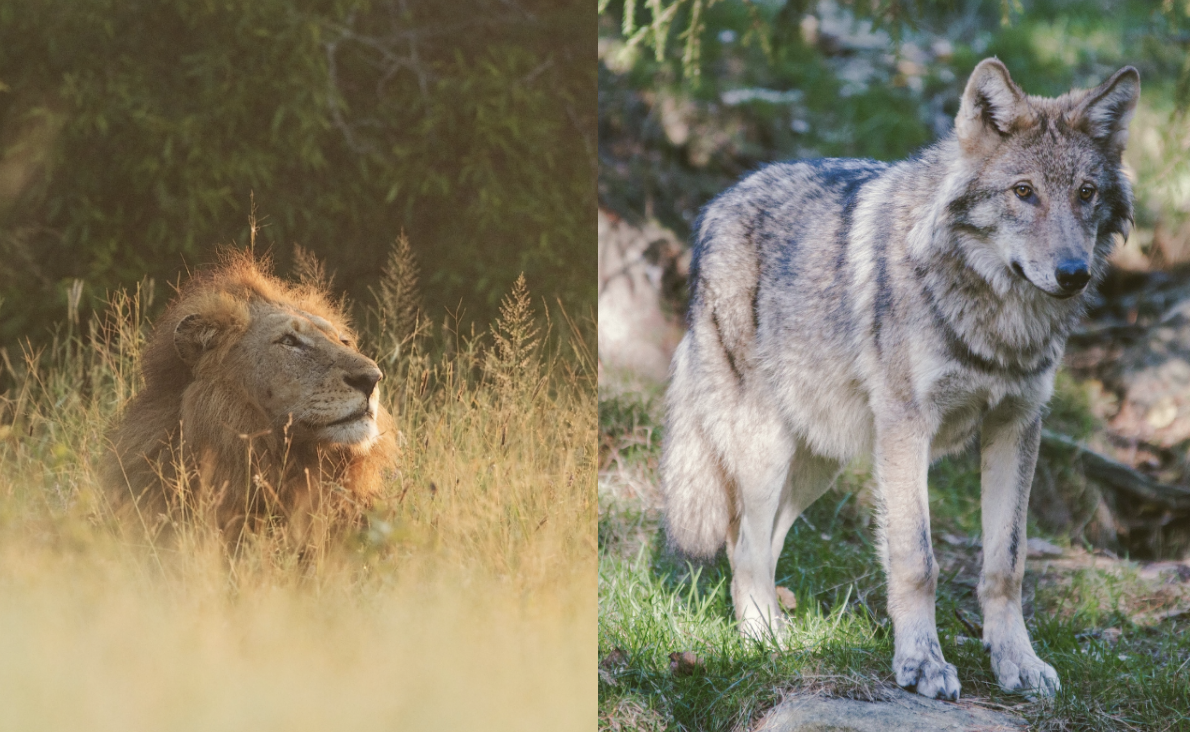Research roundup: What shapes the territory size and overlap that can spread disease among social carnivores?
September 1, 2020

The behavior and spatial organization of animal populations can be influenced by the availability of food, disease spread in a territory, population density, seasonal changes, mating behaviors, and human influence. Because wolf and lion populations live in groups in expansive territories and both experience canine distemper virus (CDV), data from these populations provides a good comparison of how disease interplays with individual and group movements and behaviors. A team of researchers at the University of Minnesota—including Meggan Craft, PhD—and at Pennsylvania State University assessed how group living, resource abundance, disease, and environmental factors drive spatial organization in territorial carnivore populations. The scientists analyzed 60 years of cumulative data collected on African lions in Serengeti National Park and gray wolves in Yellowstone National Park. The team found that changes in space use due to disease, competition from other predators, access to prey, and seasonal variation in landscape more commonly affected group territory and space use (for both lion prides and wolf packs) than population-level factors. This is important because, for social species like lions and wolves, groups act as the functional units comprising the population. The scientists say further research is needed to clarify the complex relationships between a population’s demographics, social and spatial structure, and pathogen infections. Gathering more data at the group level for each species will be key to identifying what shapes the spatial organization of wildlife populations, and assessing the impact of disease on space use.
Read more in the July 12 paper published in Journal of Animal Ecology.


